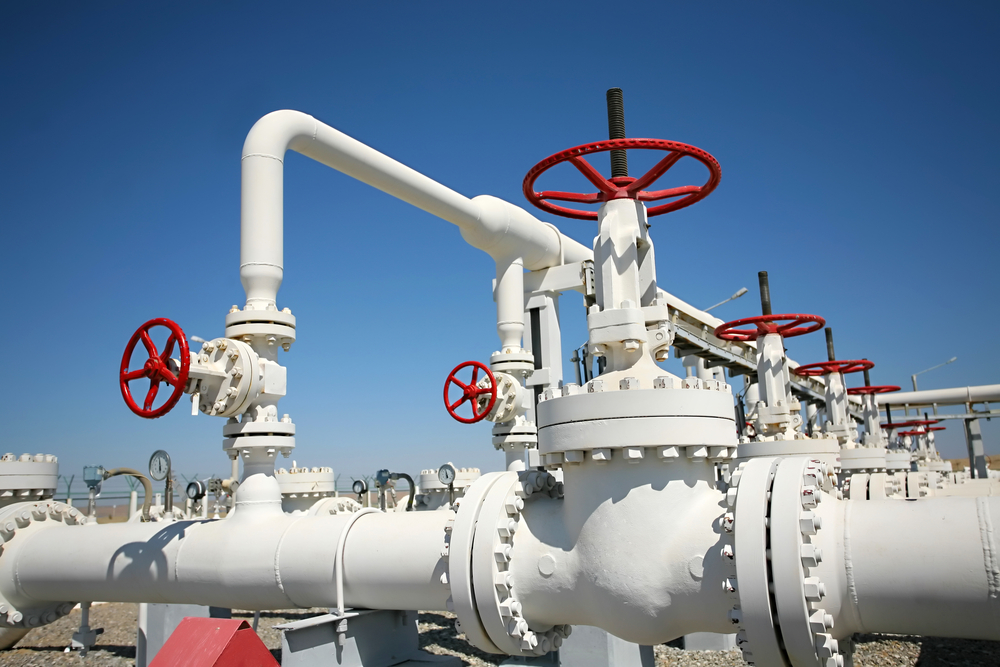
A move to replicate the US’s model would be “unrealistic” for the proposed gas-fired recovery from the coronavirus pandemic in Australia, says a report.
The submission to the federal government’s gas-fired recovery consultation by the Australian Petroleum Production and Exploration Association (APPEA) highlights the role the upstream industry could play in the government’s aspirations to increase its gas capacity.
The nation’s peak oil and gas body said it supports in principle the plans to create the Wallumbilla gas hub in Queensland but only with “transparent reporting for both producers and manufacturers”.
APPEA CEO Andrew McConville said the submission highlights how the oil and gas industry will continue to play a key role in ensuring reliable, secure and competitively priced energy for all Australians.
“The industry played a leading role a decade ago in the development of the existing gas supply hub at Wallumbilla, and the other short-term trading markets that exist on the east coast,” he added.
“We look forward to drawing on that experience and on the industry’s experience trading in these markets, as we move to the next stage of more detailed design and consultation.”
Wallumbilla gas hub has role to play in gas-fired recovery – but shouldn’t replicate Henry Hub, says APPEA
Despite gas’s usage in the Australian power sector falling by 58% since 2014, Prime Minister Scott Morrison has been publicly backing a gas-led recovery to help the nation’s economy “bounce back better and stronger” while supporting its “growing renewable capacity”.
The government wants to increase gas supply to lower prices and better support manufacturing, and it has laid out 13 measures to establish an open and competitive hub model – with the Henry Hub, a large natural gas pipeline and distribution hub in Louisiana, US, believed to be the blueprint for its plans.
But APPEA’s analysis warns that any moves by Australia to replicate the Henry Hub are both “unrealistic” and may have “perverse price outcomes”.

A recent report by professional services firm Ernst & Young noted that with the right policy settings, the oil and gas industry could boost national economic output by more than $350bn and support the creation of 220,000 jobs over the next two decades.
APPEA’s submission focuses on how the industry can secure this economic contribution and bring billions of dollars of new investment online to ensure there is more gas in the market, supporting both domestic gas consumption and the LNG export projects that are “underpinning much of Australia’s economic growth”.
“Already the industry has spent $450bn developing infrastructure and domestic gas prices have steadily declined since 2016,” said McConville. “Our submission is about igniting the industry and the Australian economy again for the next 20 years.”
He added that while APPEA believes the Wallumbilla gas hub near Roma has a “role to play in any gas-fired recovery”, any reporting requirements put in place must be “fair” and warned that any moves to turn it into a US-style Henry Hub will “backfire”.
“We need to ensure the Hub structure should minimise the need for government intervention in the operation of the market,” said McConville. “Development should be market-driven, and large-scale changes driven by the requirements of existing and future participants.”
But he insists any reporting requirements must be from all market participants, not just gas producers, to ensure the efficient operation of markets.
“Currently, there is no emphasis placed on improved transparency around the activities of domestic consumers of natural gas and that needs to change for this concept to be successful,” added McConville.
“Importantly, efforts to model Wallumbilla on the Henry Hub are ill-conceived if they expect the same outcomes can be achieved.
“While there are lessons to be learned from the Henry Hub, we need an Australian solution for an Australian industry – not something based on a different market we are not connected to more than 14,000km away.”
Australia is “better off coming up with its own system”, says APPEA
McConville notes that the fundamentals of the US gas market, particularly on the supply side, are “vastly different” given that the gas is largely a by-product of significant liquids development compared to dry onshore gas developments in Queensland.
The Henry Hub is also surrounded by an extensive network of infrastructure, which offers access not only in the US but stretches to neighbouring nations Canada and Mexico.
It offers interconnections into nine intrastate and four interstate pipelines that provide an artery of supply to the rest of the country, while direct connections into three storage caverns add further flexibility, allowing gas to be traded.
“The US domestic market also has the benefit of enormous scale, being around 50 times the size of Australia’s east coast domestic gas market,” said McConville.
“Australia is better off coming up with our own system driven by the market.”






